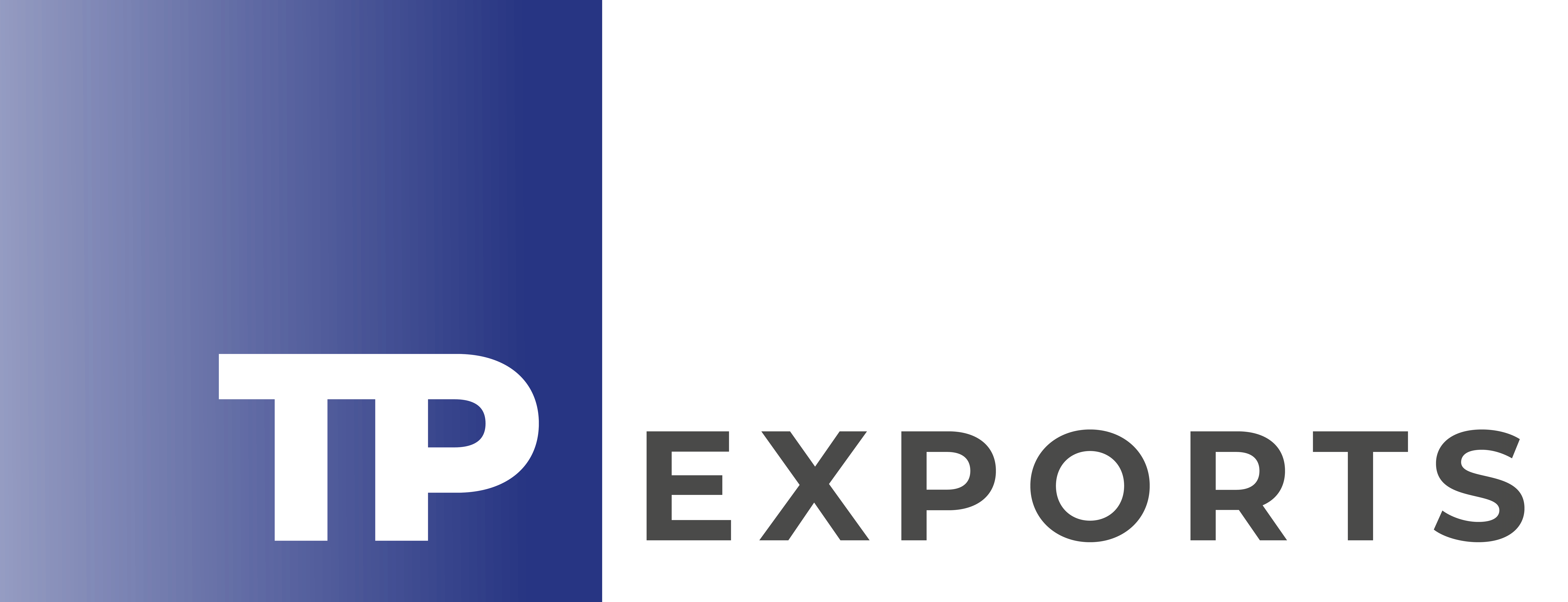Home > Blog > Cotton: HVI Testing (High Volume Instrument Testing)
Cotton: HVI Testing (High Volume Instrument Testing)
Introduction
In the cotton markets, understanding a grade’s quality defines its applications and what products it will end up in. To understand a cotton grade’s technical quality, and provide traceability, one essential tool is used: High Volume Instrument (HVI) testing. In this post, we explain the significance of HVI testing in cotton markets and detail the various test outputs that are generated from HVI testing, and their importance as different factors to a cotton grade.
HVI Testing in Cotton: A Brief Overview
To start, let’ understand what HVI testing is and how it works. High Volume Instrument (HVI) testing is a sophisticated method used to measure and assess the quality parameters of cotton. This includes fibre length, strength, micronaire value, colour, and other critical attributes that collectively determine the overall quality of the cotton.
HVI testing serves as the backbone of cotton quality assessment, employing advanced technology and meticulous procedures to measure key attributes, and is one of the primary tests that define a grade of cotton value in the market, and what application it will be used in.
Fibre Length and Strength
The HVI instrument employs advanced technology such as optical sensors and air jets to measure fiber length and strength accurately. These sensors detect and analyze each fibre, allowing for a comprehensive understanding of the distribution of fibre lengths and the strength profile of the cotton sample.
Fibre length, expressed in inches or millimetres, provides insights into the potential manufacturing applications, with shorter fibres being suitable for cotton-based products like cotton buds and hygiene items, while longer fibres are preferred for high-quality textiles.
The fibre’s strength, typically measured in grams per tex, plays a crucial role in determining product applications. Higher-strength fibres are desirable for robust textiles and durable fabrics, while lower-strength fibres may find applications in less demanding products where flexibility is prioritized over strength.
Micronaire Value
For micronaire testing, the HVI instrument assesses the air permeability of a given mass of cotton fibres. The measurement is then correlated with the fineness and maturity of the fibres. Micronaire values are expressed in micrograms per inch.
For textile manufacturers, micronaire values are essential for maintaining consistency in yarn production. Cotton with the right micronaire value ensures uniformity in yarn thickness, minimizing disruptions in the spinning process and contributing to the overall efficiency of textile manufacturing.
Colour Results
Colour quality is determined through the measurement of colour reflectance values, often represented as Rd. The HVI instrument assesses the amount of light reflected by the cotton fibres at various wavelengths, yielding a numerical value indicative of the colour.
Manufacturers place a premium on colour quality as it directly influences the aesthetic appeal of their products. Precise colour information allows manufacturers to produce products that meet market demands and consumer preferences, contributing to the marketability of their finished goods.
Trash Content
Trash content, measured as a percentage of the total sample weight, identifies non-lint materials like leaves, stems, and seed coat fragments present in raw cotton.
The HVI instrument separates lint from non-lint components using a combination of mechanical and optical processes. By weighing the non-lint materials, the instrument provides a precise percentage that represents the trash content of the raw cotton. This information is crucial for ensuring the purity of the cotton supply.
Conclusion
In conclusion, the HVI testing process in cotton quality assessment relies on cutting-edge technology to deliver precise and comprehensive insights into critical parameters. From fibre length and strength to micronaire, colour, and trash content, the HVI test plays a pivotal role in providing data to decision-makers across the cotton market, allowing them to make informed decisions, optimize processes, and ensure the correct grades go to the best applications.
Cotton at TP-Exports
At TP-Exports, we deliver cotton to industries globally. We utilise HVI testing to provide traceability and assurance not only for our raw cotton, but as well key by-products grades, including comber and linter.
With a developed Agri division built on sustainability and transparency, our industry-focused approach ensures every bale we deliver carriers the assurance of traceability and risk mitigation. We bring resilience to your supply chain and deliver better raw material solutions.
Explore our site to understand further our cotton capabilities and what we can deliver for your requirements. For a quotation or to speak with someone, please refer to our contact us page.
